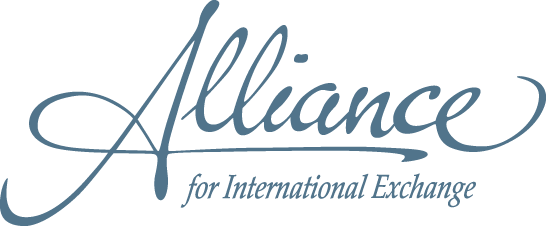The U.S. and Mexico reaffirmed their mutual commitment to increasing exchange opportunities for American and Mexican students this week. Mexican President Enrique Peña Nieto’s visit to Washington, DC marked a continuation in recent Mexico-U.S. collaboration efforts on education.
During the visit, U.S. Assistant Secretary of State for Educational and Cultural Affairs Evan Ryan and Mexico’s Undersecretary for North America, Sergio Alcocer, co-signed a letter of intent to increase the number of exchange opportunities available to American and Mexican students. A copy of the letter of intent is not yet available.
Collaborative education efforts between the U.S. and Mexico have increased significantly over the past two years. The two countries have launched complementary programs, “Proyecta 100,000” and “100,000 Strong in the Americas,” to increase student mobility in the region. These programs had great successes in their first years. The Mexican government provided almost 8,000 scholarships to fund short-term study in the U.S. through “Proyecta 100,000.” In addition, the number of Mexican students studying in the U.S. reached the initiative’s 2014 benchmark, according to the joint statement:
“Working together, the U.S. and Mexican governments, with enormous support from academia and the private sector, have helped facilitate the travel of almost 27,000 Mexican students and teachers to the United States in 2014, doubling recent numbers of Mexicans studying in the United States. We also built new partnerships and strengthened relationships between U.S. and Mexican stakeholders.”
In addition, the U.S.-Mexico Bilateral Forum on Higher Education, Innovation and Research (FOBESII), announced in 2013 by the U.S. and Mexican governments, officially launched in May 2014. FOBESII held a series of six workshops in 2014 including “over 450 U.S. and Mexican partners from government, academic, civil society, and the private sector.” The group used these workshops to “review existing best practices in academic exchange and joint research and innovation, and to create a roadmap for where we hope to go in 2015.”
